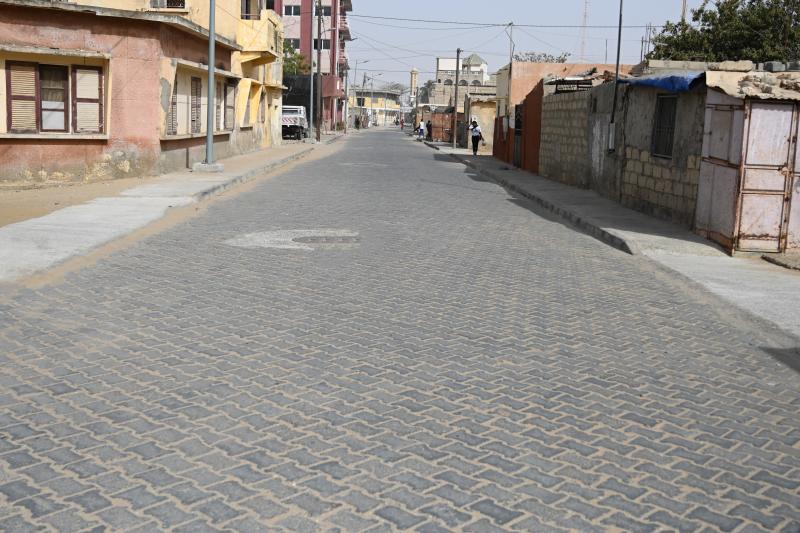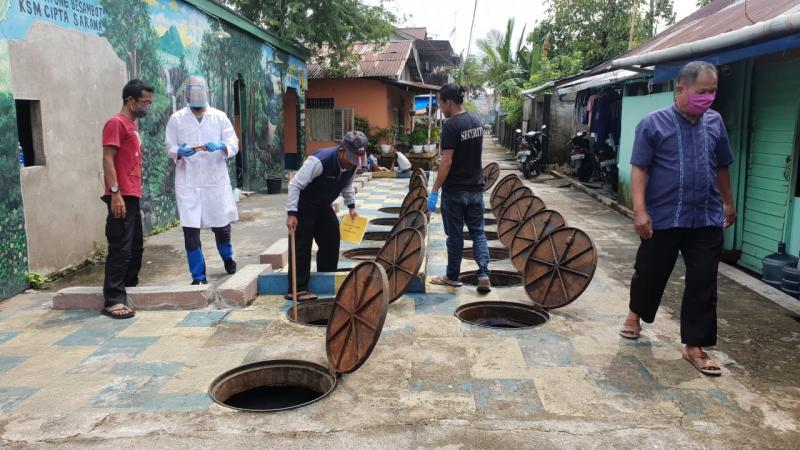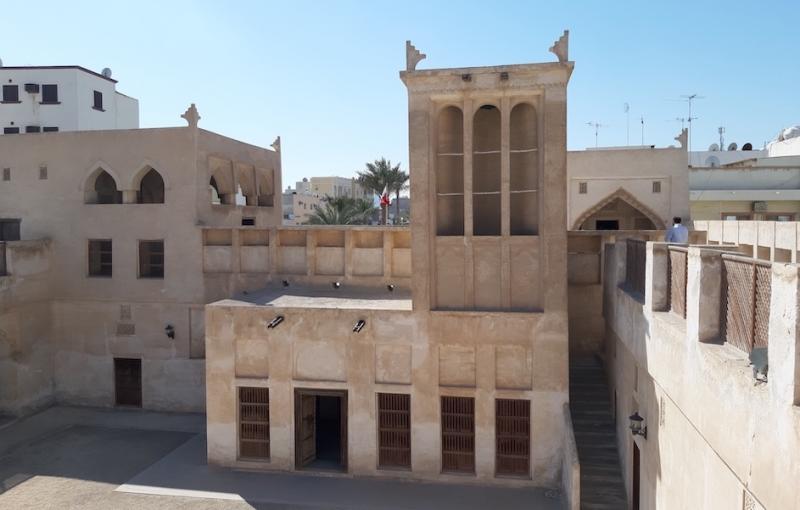Urban Development
Introduction
Urbanization has a well-known positive association with long-term economic growth. Nations with higher levels of urbanization invariably have higher levels of per capita income. Cities are focal points for economic activities, and engines of economic growth. They are centers of excellence for education, health care, culture, technological innovation, entrepreneurship, social services, government administration, and communications with the world. Cities create opportunities for jobs, employment and livelihood and are also the focal points for rural hinterlands to alleviate rural poverty.
The scale and rapidness of urbanization cannot be underestimated in the challenges it poses for developing countries -- both positive (if it is well-managed) and negative (if countries do not have the policies and institutions capable to manage it). Some of the salient urban development opportunities and threats in Islamic Development Bank (IsDB) Member Countries (MC)s are the following:

Some Urban Development Opportunities and Threats in ISDB Member Countries

